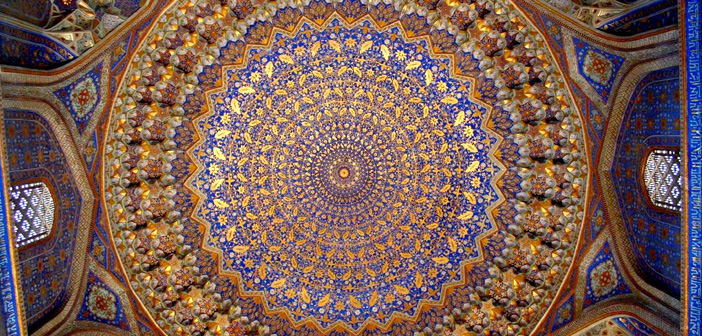What is dress code in islam?
The new Muslim should be aware that attire in Islam is very much related to the notions of cleanliness, hygiene and respect for the bodies that Allah, may He be glorified and exalted, provided for human beings. It is recommended to all Muslims to emulate the Prophet with regards to their personal cleanliness. This includes frequent bathing, keeping the nails and hair trimmed, caring for one’s hair, and making one’s appearance clean and pleasant. Weekly baths before Friday prayers, bathing after sexual relations and menstrual periods, and washing the private parts with water after using the toilet are recognized Islamic requirements for personal hygiene. Therefore, on that basis, Muslims are required to pay attention to their attire making sure that their clothing is good and clean. As noted in an earlier chapter, the cleanliness and the ritual purification of the body is a prerequisite for the performance of the salah. In relation to the notion of respect for the human body in Islam, Islam does have a dress code but it is important to know that there are no explicit rules in Islam with regards to wearing any specific cultural or national attire. Instead, the rules of attire in Islam are linked to the concepts of modesty and integrity. Allah states; “He has made shelters for you in the mountains and He has made garments for you to protect you from the heat and garments to protect you from each other’s violence. In that way He perfects His blessing on you so that hopefully you may devote yourselves to Him”[1] and, “Children of Adam, We have given you garments to cover your nakedness and as adornment for you; the garment of God-consciousness is the best of all garments– this is one of God’s signs, so that people may take heed.”[2] Hence, human beings are informed that they wear their attire to cover their body, to adorn themselves, and to protect themselves against the elements, however, the most important aspect of attire is piety. In other words, the most important aspect of the dress code in Islam is ḥayāʾ, which carries the meaning of modesty, integrity, inhibition, diffidence and sensibility. The Prophet insisted that Muslims observe the principle of ḥayāʾ in their deeds and their words, he said; “Every religion has a unique essence. Islam’s essence is ḥayāʾ.”[3]
Based upon this there is a standard of modesty in Islam for both men and women in relation to attire. For men, the minimum amount to be covered is between the navel and the knee.[4] Moreover, referring to gold and silk, the Prophet (peace and blessings be upon him) said, “These are forbidden for men among my followers but permissible for women.”[5] This means that men are not allowed to wear any garment or item with either silk or gold, such as, a silky shirt or a gold watch. For women, who are in the presence of men not related to them, the dress code asks them to cover their whole body with the exception of their face and hands. In the Qur’an Allah says; “O Prophet! Tell your wives and your daughters and the women of the believers to draw their head covering all over their bodies. That will be better, that they should be known (as free respectable women) so as not to be annoyed”[6] and, “Say to the believing women that they should lower their gaze and protect their private parts (from sins); and they should not display their beauty and ornaments except what appear thereof…”[7] This whole dress code for women is known as the ‘hijab’, meaning barrier, but popularly the term refers to the head scarf. Furthermore, both men and women are not allowed to wear clothes that are skin-tight or see-through. However, there is still more to the concept of dress code in the Muslim society. Allah says; “And tell the believing women to lower their gaze and be modest, and to display of their adornment only that which is apparent, and to draw their head covering over their bosoms, and not to reveal their adornment save to [those relatives who fall within bounds of close relationship explained in the Qur’an]…”[8] It is obvious from the above verse that men are required to take the lead in respecting women and not engaging in or approving any activity which objectifies or demeans women. The same code of behavior applies to women as well. Therefore, it is important to be aware that even though the dress code in Islam is essential, without the notion of ḥayāʾ, it loses its meaning and purpose.
[1] Q. 16:81[2]. Q. 7:26.[3]. Sunan Ibn Maja, al-Zuhd, 17.[4According to one view in Maliki school of law, it can slightly be above the knee.[5].Sunan Ibn Maja: 3595; Sunan Abu Dawud: 4057[6]. Q. 33:59[7].Q. 24:31[8].Q. 24:30-31
Source: Islam For New Muslims An Educational Guide,Assoc. Prof. Amjad M. Hussain, Erkam Publications





